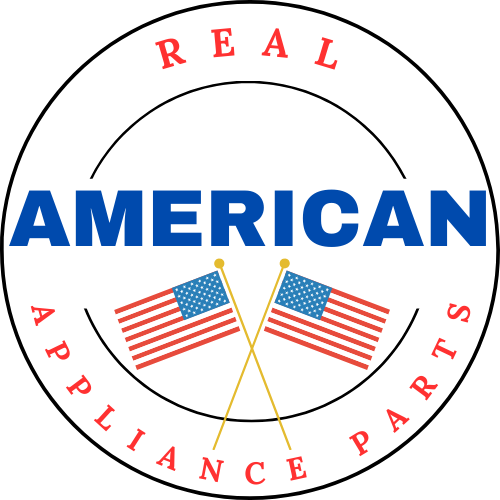Are Your Techs Set Up For Success Or A Breakdown?
- Are service technician vehicles stocked to handle on-the-road emergencies?
- Do your service technicians have a set protocol if emergencies arise?
- How often are you reviewing service tech vehicles to ensure performance?
As your preferred appliance parts provider, of course Real American Appliance Parts believes your service technician vehicles should be stocked with the most likely parts needed for repairs.
But that's only a part of what your tech vehicles need. The other part is the functionality of the vehicle itself, and concerns of your vehicle health can contribute to stress and employee burnout. That affects worker performance and, as a result, diminishes customer satisfaction.
So, what do you need to do to keep the wheels rolling and productivity moving?
The Basics
Repair business owners should do an audit of the vehicles running under your company's care at least every 30 days. If your scope of work requires a lot of miles driven, your vehicles could be under great strain from poor road conditions; low oil; low coolant, particularly in warmer regions of the country; and similar environmental issues.
Understood, staying after vehicles can be drain on time, especially if you have a lot of calls that need to be addressed. Oil changes can sideline a worktruck for hours, but an oil-related breakdown could put you out for days, even weeks. Auditing your vehicles on a regular basis is the ages-old ounce of prevention that keeps your work moving forward. It also reduces your employees' stress, not fearing that the vehicle is going to give up on the least-traveled road imaginable.
But What If There Is A Breakdown?
You should expect that at some point, possibly through no fault of your own, your driver's worktruck will fail. Tires will go flat. Things break. You have some options.
You can partner with an organization like AAA that will get the vehicle to an affiliated service station and figure out next steps from there.
If you trust your driver can handle an on-road emergency (within reason), make sure they have a spare tire or "doughnut" emergency tire on the truck. Include a safety scissor-jack and a crossbar to change out the tire. Include markers that your driver can surround the vehicle with while they are making the change to make other drivers aware of their emergency. You must be sure your driver knows how to safely do the change by asking them to demonstrate at your headquarters. If they cannot handle this, you should not expect them to perform this task in a real emergency case. Give them the numbers of local towing companies and tell them to sit tight.
The Baseline
Along with a spare, scissor-jack, emergency markers, and a crossbar, you should also have in each vehicle a couple quarts of the appropriate oil (as stated in your owner's manual so you do not accidentally void warranties). If your transmission system is not closed, a quart of the right transmission fluid is helpful to have on-hand. Again - and this is not to insinuate anything about your employees, but stress and accidents can make each other worse - they should demonstrate to you that they know the oil fill from the transmission fluid fill. This confusion is more common than you might imagine.
A bottle of radiator fluid is a must, especially in the summer or high-heat regions. You must make clear to your drivers: they need to wait at least 30-45 minutes after the initial breakdown before they even touch the radiator cap. Fluids so hot that they can stop a motor from running are dangerous to skin. The truck should have protective gloves with the radiator fluid and attempts to work with the radiator under these conditions should ALWAYS be done without skin exposed.
The Other Bottom Line
Much of these emergencies are moot if you partner with a repair organization. You might not be in the position to do so and need to rely on your employees' resourcefulness. In either case, having a mind for preparedness demonstrates that you don't just care for getting the job done, but you care about them and their well-being. This is huge when it comes down to overall worker happiness. It eliminates aspects that contribute to worker stress and burnout, because they know you have their backs.
Every business has very, very bad days. If you prepare in advance, educate your team when it is safe and low-stakes, you will recover faster and stronger when things actually go wrong.

